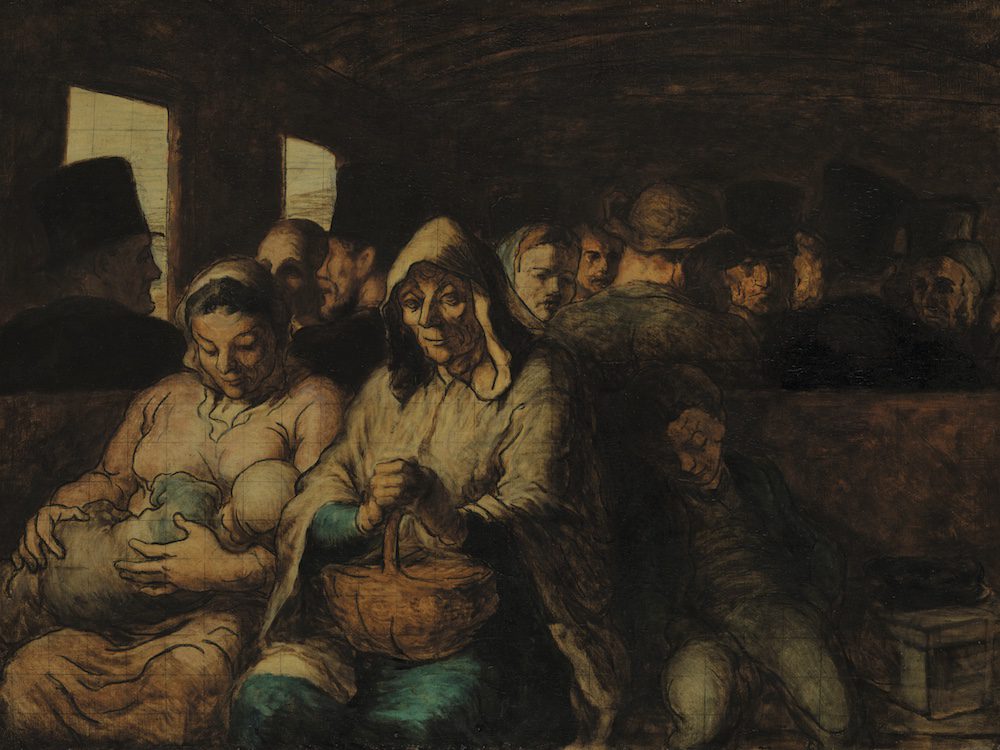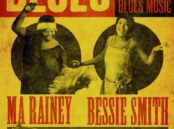[dropcap style=”font-size:100px;color:#992211;”]I[/dropcap]t sounds like a vast project, and as Max Hollein, director of the Metropolitan Museum of Art explains in his foreword for Art = Discovering Infinite Connections in Art History, the aim was always to do a great deal with this book. Commemorating the physical experience of visiting the Met, the impact of the Met Timeline website (now 20 years old) and even the question of what art is, this is an ambitious piece of work.
The book falls into two main sections: first up is a catalogue of key exhibits, largely selected from the categories of paintings, artefacts and photographs. These are further organised into keywords, encouraging readers to forge connections between different items and disciplines which might not immediately be apparent. So, for example, a picture might be categorised as ‘daily life’, but also ‘dress’, ‘Impressionism’ and ‘women’. The main sections as listed are Material/Technique, Period/Place/Style, and Object/Subject: there is room for a great deal of flexibility within these categories, and there is also an acceptance that no collection is ever fully neutral. Consensus and art rarely go hand in hand; Hollein also acknowledges a certain level of bias and preference which shapes any collection in a given time period. This is refreshing, given the modern tendency to imagine all art collections are now shaped by the best moral vantage point, rather than a new moral vantage point.
The overall effect of this kind of categorisation is interesting. When walking around a museum or gallery, you often do so by going from one era or movement to another in a linear way. You can do that here to an extent, but there’s also the chance to see things linked together by different common features: by being items made from gold, or funerary items, or items united around a theme. This feels light touch and can be quite busy, but it’s also engaging in terms of being a different way of thinking and seeing. Detailed footnotes appear on each page, too, so you are provided with background information for each image or object, should you wish to learn more.
If the notes pique your interest, then there is a series of mini-essays in the second section of the book, many of which pick up on items included in the main collection. The range of these essays is extensive — there are around 150 pages of them — but the essays themselves are nicely succinct, as well as being very clearly written and neutral in tone. Finally, the glossary is also a helpful addition in its own right, giving a rundown of a wealth of artistic movements and terms.
Overall, this is an enjoyable book to dip into and though it can’t provide definitive answers — nor does it likely wish to, not really — it does provide a range of artefacts, knowledge, ideas and perhaps some new ways of seeing these, too.
Art = Discovering Infinite Connections in Art History is published by Phaidon and retails at £59.95 (phaidon.com)
Image: Honoré Daumier, The Third-Class Carriage, 1862 – 64 © The Met
Keri can usually be found contributing to Reprobate Press, where she covers a bit of everything, or writing and editing Warped Perspective, a website which features cult film, TV, art and books.





















